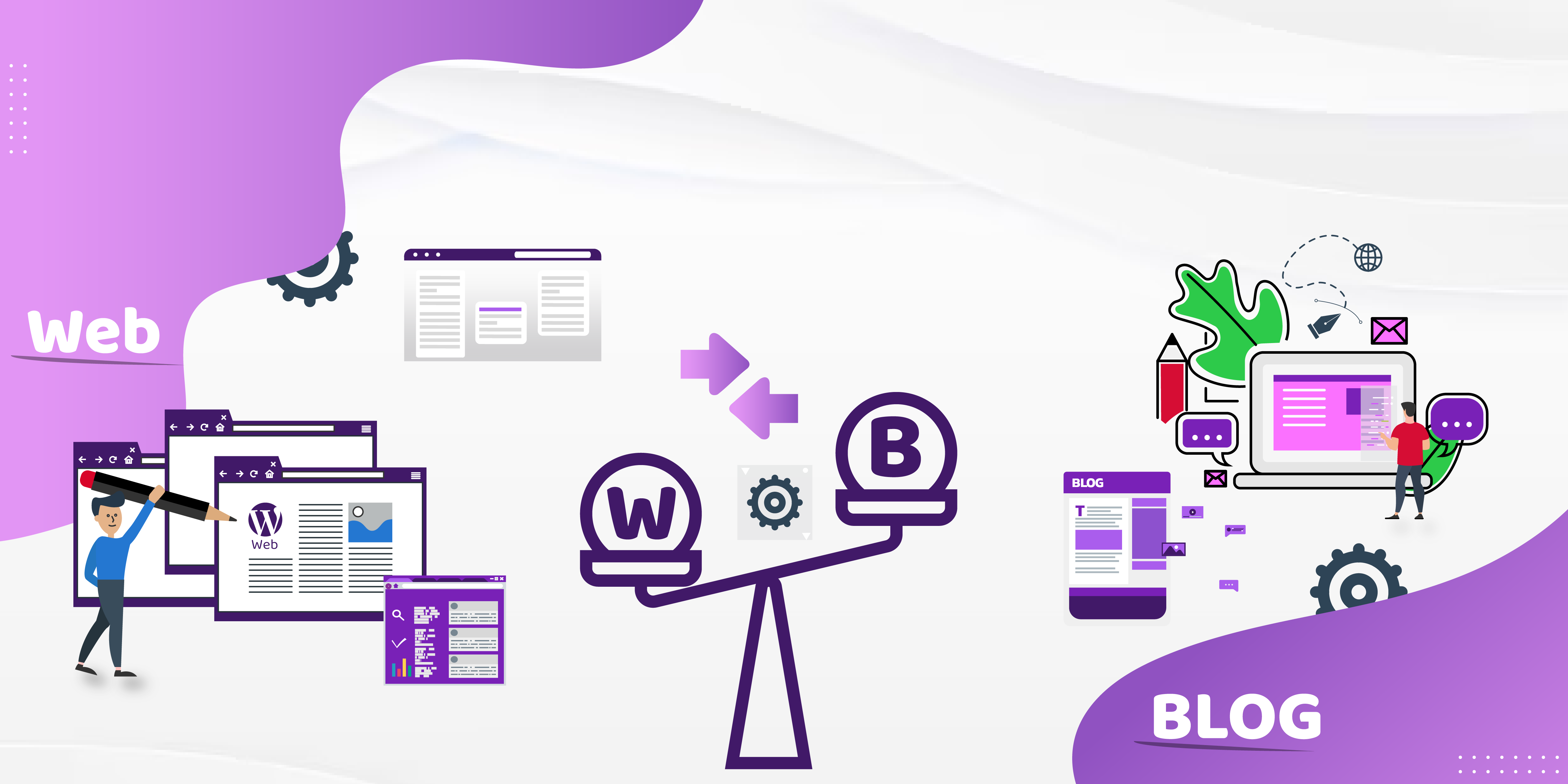1. What is a Blog? – Key Features of a Blog
What is a Blog? A blog is an online platform or website where individuals or groups share content on specific topics. Typically, blogs display posts in reverse chronological order, with the newest posts appearing at the top. In addition, blogs offer a space for writers to express their ideas, share news, or provide valuable insights on various subjects. As a result, they can be both personal and professional, allowing writers to interact with their audience.

2. Blog and Web Difference – Understanding the Key Distinctions
Blog and Web Difference: While a blog is a type of website, it differs significantly from the broader concept of the web. The web refers to the entire collection of websites and applications available on the internet. In contrast, a blog focuses specifically on regular content updates and dynamic posts. Blogs often use informal and conversational writing styles to engage readers, making them feel more connected to the content. However, web pages can serve a variety of purposes, such as e-commerce, business, or informational sites.

3. How to Post a Blog in WordPress – Step-by-Step Guide
How to Post a Blog in WordPress: Posting a blog on WordPress is simple and straightforward. First, log in to your WordPress dashboard. After that, navigate to the “Posts” section and select “Add New” to create a new blog post. In this editor, you can enter your title and content. Furthermore, you can format the text, add links, and embed media such as images and videos to make your post more engaging.
- Log in to your WordPress Dashboard: Open your WordPress site and enter your admin credentials.
- Navigate to Posts > Add New: Click on “Posts” in the left-hand sidebar and choose “Add New” to begin creating your blog post.
- Enter Your Title and Content: In the editor, type your title and content. Additionally, you can format text and add other elements like links and media.
- Assign Categories and Tags: To better organize your content, choose categories and tags that fit your post’s topic. You can select existing options or create new ones.
- Preview and Publish: Once you’re satisfied with your post, click the “Preview” button to see how it will appear on your site. If everything looks good, click “Publish” to make it live.

Looking for Expert Services?
If you’re looking to enhance your website, we offer WordPress Development Services to help you build a powerful and scalable website.
To learn more about blogs, you can refer to this Wikipedia article on Blogs.